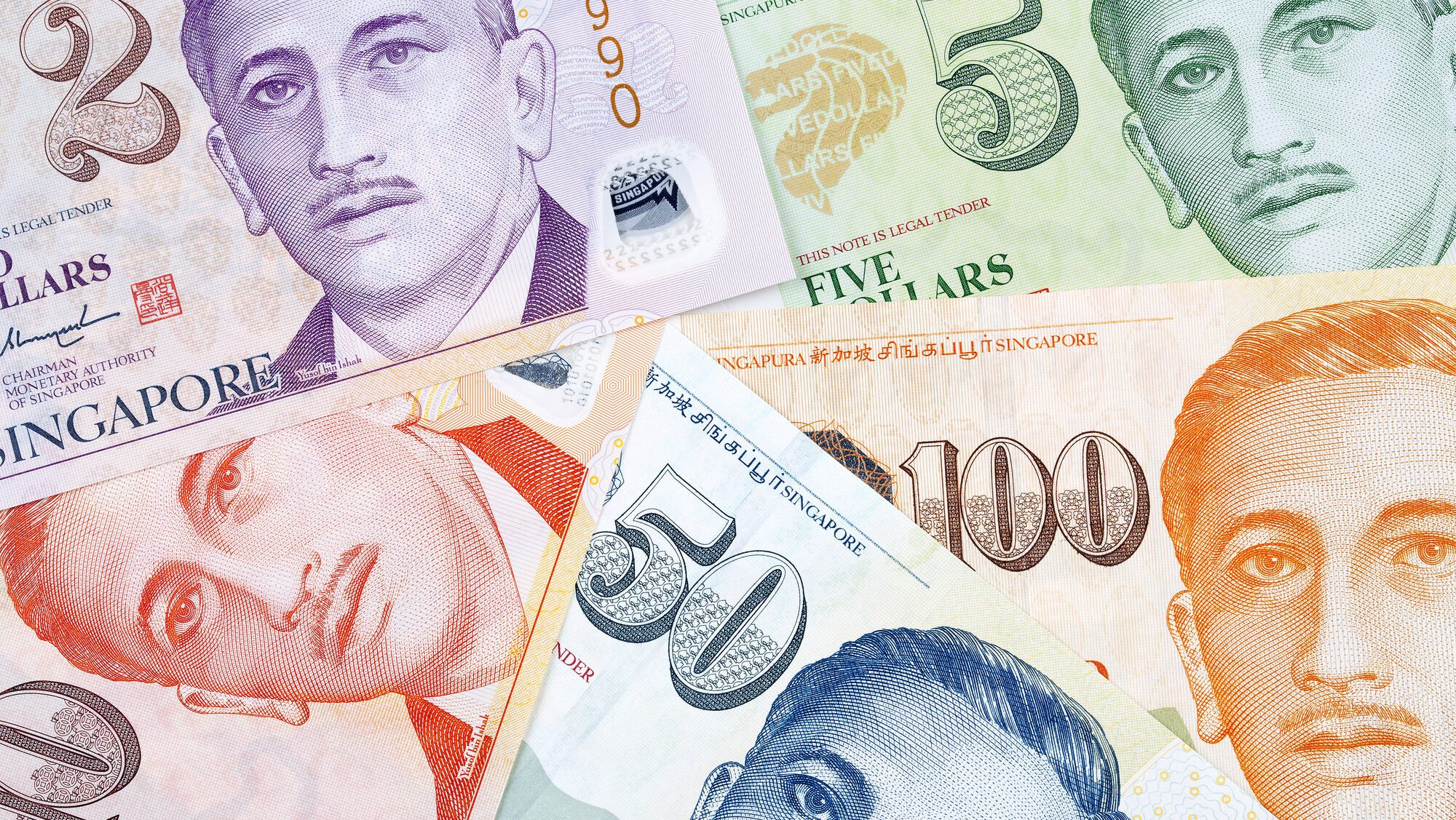SINGAPORE: The Singapore dollar, which recently hit a decade-high against the US dollar, could weaken in the months ahead if the US economy avoids a recession, according to analysts.
The Singapore dollar recently traded at around 1.30 against the US dollar, a level not seen since 2014. This marked a significant appreciation from 1.337 at the start of August and 1.358 in early July.
According to CNA, Mr Sim Moh Siong, a currency strategist at Bank of Singapore, said that if economic data indicates the US can avoid a recession, the US dollar might recover some of its strength.
“We are still in the non-recession camp. We think that the market has gotten ahead of itself in terms of anticipating an aggressive pace of rate cuts,” he added.
Peter Chia, senior FX strategist at UOB, pointed out that higher-yielding Asian currencies, including the Singapore dollar, may benefit from the US economy’s potential soft landing and gradual rate cuts. However, he expects that the Monetary Authority of Singapore (MAS) will likely ease its policy in October, which might lead to a moderation in the appreciation of the Singapore dollar nominal effective exchange rate (S$NEER).
He said, “The SGD’s strength relative to regional currencies may ease in the coming months.”
Manpreet Gill, chief investment officer at Standard Chartered, said that the US dollar’s recent decline is attributed to market expectations of Federal Reserve rate cuts.
He mentioned that the Federal Reserve Chairman, Jerome Powell, supported the notion of a rate cut during the Jackson Hole Economic Symposium last week. He added that the recent move has mainly focused on shifting expectations for USD interest rates.
Mr Chia added that it “would not be surprising” if the USD/SGD exchange rate temporarily drops below 1.30 in the near term if US inflation data remains weak, increasing the likelihood of further Fed rate cuts.
The market currently expects 100 basis points of rate cuts by the end of the year which would be unusual, given the Fed’s typical 25 basis point adjustments per meeting, said Mr Sim.
Mr Sim noted that the current shift is due to markets now expecting faster rate cuts because they’re worried about a possible US recession.
He mentioned that the labour market report increased worries among investors, and the next report, expected in early September, will determine whether investors will be more relaxed or cautious.
He highlighted two other factors contributing to the US dollar’s weakness.
The first reason is that US Vice President Kamala Harris seems to have a better chance of winning the elections compared to US President Joe Biden. The market had previously feared tariff risks under former President Donald Trump, which made the US dollar stronger.
Second, the unwinding of carry trades, where investors borrow in currencies with lower interest rates to invest in those with higher rates, has affected the US dollar.
Mr Sim noted that as carry trades unwind, the yen has strengthened significantly. Other Asian currencies often rise along with the yen, so the Singapore dollar might have also gained from this trend.
Since early July, the Japanese yen and Malaysian ringgit have increased by 7% and 4% respectively against the Singapore dollar.
He attributed the yen’s recent strength as partly due to the Bank of Japan’s decision to increase interest rates. Whether the yen continues to strengthen will depend on the central bank’s future actions.
As for the ringgit, companies often receive payments in US dollars but may not convert them into Malaysian ringgit. He noted that, with concerns about a potential US recession, some businesses might anticipate a weaker dollar and prefer to exchange their US dollars for ringgit. This could explain why the ringgit’s value is rising.
He noted that the ringgit could also strengthen further if the Malaysian government progresses with its plans to cut fuel subsidies. This would improve the government’s fiscal position and potentially enhance its credit rating, which could be beneficial for the currency in the medium term. /TISG
Read also: Bitcoin falls to one-week low as boost from Fed Chair Powell’s rate cut fade
Featured image by Depositphotos

